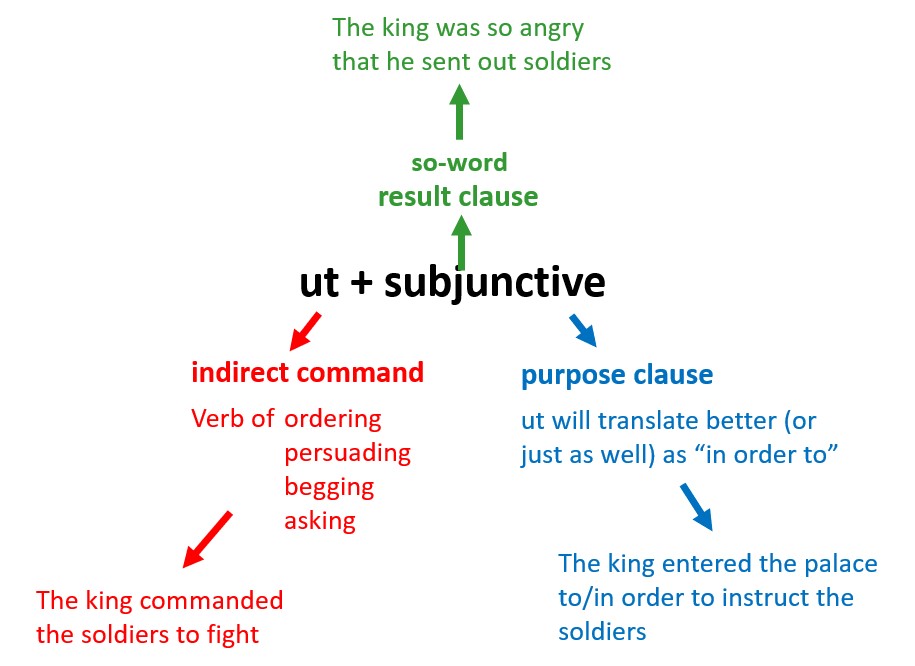Self-directed study remains one of the most insurmountable barriers to success for most young people. For many of them, their first introduction to this process is homework. The very concept of homework in state schools is quite modern and seems to have been an expectation pushed in grammar schools rather than in secondary moderns. According to a survey of male pupils carried out by the Central Advisory Council for Education in 1947, 98% of boys in grammar schools received homework regularly, compared to a figure of just 29% of boys in a secondary modern setting. (The fact that this research was carried out into boys only tells you even more about the attitudes towards education at the time – liberals were starting to care about what happened to boys from lower-income backgrounds, but girls didn’t matter full stop). A fascinating booklet published in 1937 by the Board of Education reveals that the government were looking into the issue of homework and evidences firstly that it was on the increase in state schools and secondly that this was not popular; there is notable evidence that homework was used as a punishment rather than as something which was designed to support learning.
Homework remains a controversial issue in modern school settings and some teachers eschew its usage altogether; some educationalists believe that homework advantages those students with greater support at home and puts unnecessary pressure on those without the resources to facilitate it. Certainly, if a child is sharing a room with younger siblings or is in a multiple-occupancy household, and/or if that child has caring responsibilities, committing to any kind of study outside of their compulsory schooling can be a huge challenge. Interestingly, however, I have become increasingly aware of just how unsupported even the most affluent children can be when it comes to self-directed study. They may have all the facilities in the world, but they may not have any idea of how to go about their work. Unless the adults at home have a wealth of time and patience to offer their children, homework and self-directed study can become a real pinch point for families and can severely impair a child’s educational performance.
If I could convince parents of one thing that would make a difference to their child’s educational outcomes it would be this: most people drastically overestimate their child’s maturity when it comes to self-directed study. This includes their child’s ability to self-regulate, their capacity to self-motivate and their fundamental understanding of how to learn. None of this should be surprising given that most adults still have a very poor knowledge and understanding of how humans learn. Many people are still influenced by long-since debunked research on “learning styles” or similiar dangerous mutations and edu-myths that simply will not die; they remain wedded to the idea that the way their child learns is somehow unique, and that the child must discover the best ways of doing so for thesmelves. The reality is that we know more than we ever did about how humans learn things, and there is a wealth of advice out there about how to do so; most people simply don’t take it on board. With this in mind, what follows is a summative reminder of the advice that I give on a regular basis and provide for all parents who wish to support their child with learning.
1. Testing:
Even if your child thinks that they don’t know something, the first thing you should do is test them. I know that might seem strange, but the process of testing forces the brain to concentrate. Just staring at a word and its meaning won’t work; to succeed at memorisation, your child needs to engage with the process and the easiest way to make them do so is to start testing them. This is because memory is the residue of thought (Daniel T. Willingham): in other words, to remember something you have to think about it actively on muptiple occasions.
2. Small amounts, little and often:
This is absolutely crucial. If your child’s Latin teacher has set 30 words for them to learn over one week, they will need to tackle the task repeatedly. While for most homeworks they may be able to sit down and tick them off as done after an hour’s blitz, vocabulary learning should be done in short bursts: take 5-10 minutes once or twice a day and spend that time testing. Start with 10 words. Then later that day or on the next day, return to those 10, adding another 5 words on top. Then repeat those 15 words, adding another 5 and so on. By the end of the week they should be confident. Why so much repetition? There is a reason, and here it is …
3. Spaced learning:
When you rote-learn something quickly, you forget it pretty quickly too. But do not despair! The process of well-spaced repetition strengthens the links your brain has made with what it is learning and lengthens the retention. If a child does their vocabulary homework in one sitting, one week later they will have completely wasted their time. Instead, they should do it in short, spaced-out bursts, with “forgetting time” in between; this way they will spend around the same amount of time in total but their recall will be close to perfect. As a child gains confidence, you should extend the length of the spaces and ultimately you should revisit material that has not been covered for quite some time – days, weeks, months later.
4. Make intelligent use of flashcards:
Flashcards are an outstanding tool when it comes to vocabulary learning. You can use the traditional method of physical cards or an online version, which has the advantage of speed and efficiency. Personally, I am a huge fan of Quizlet, and your child already has access to my flashcards on there. What do I mean by intelligent use of them? Well …
Firstly, do not let your child spend hours making them look pretty, especially not drawing lovely pictures all over them. The use of images on flashcards actually has close to zero impact on students’ ability to learn vocabulary, which can turn into a ridiculous game of “say what you see.” For example, if I showed you the Latin word “femina” with a cartoon picture of a woman next to it, I’ll place a bet you’d be able to tell me that the word means “woman”. But what have you learned? Frankly, nothing. You’ve recognised a picture of a woman, which a two-year-old can do. Much better to discuss the meaning of the word “feminine” with your child and fix the Latin word in their head through the understanding of derivatives (of which more below).
Secondly, make sure that your child is definitely using the flashcards to test themselves (a process called retrieval), not to reassure themselves through recognition. Research shows that one of the most common mistakes students tend to make is to turn the cards over too swiftly; this way, students become convinced that they know the meanings of the words when in fact they are merely recognising the answers – and it can be surprisingly difficult for students to discipline themselves out of this habit, which is why you should help them. Make sure that you’re supporting them at least some of the time by controlling the turnover of the cards. Talk to them about flipping the cards too swiftly and make sure they’re aware of this tendency.
Thirdly, another temptation for students is to keep testing themselves on the familiar words (we all like to feel comfortable!) Remember, flashcards are a tool to help someone to learn the words they don’t know, so separate out the ones that your child has gained confidence with and spend longer on the ones they are struggling to recognise. This can be done on Quizlet by marking up cards with a yellow star (top right-hand corner of each card). That said, another mistake students make is to overestimate their level of confidence with words they have recently learned, so make sure you revisit the “no problem” pile a couple of times before you decide that the words have really stuck in your child’s longterm memory.
Finally, shuffle the deck. This is hugely important. The brain works by mapping links between the things that it is learning; as a result, it has a strong tendency to remember things in order, so the danger with learning several words at once is your child will remember them only in order. You should constantly shuffle the deck to ensure that this isn’t happening, or your child will never recognise the words out of context. On Quizlet this can be done by hitting the “shuffle” button in the bottom right-hand corner of the flashcard deck.
5. Focus on derivatives.
Not only does this help with vocabulary learning, it will develop your child’s knowledge and understanding of their own language and any other language(s) that they are learning. Furthermore, it will consolidate their learning because their brain will be linking its newfound knowledge to prior and future learning – and this all helps with its innate mapping skills.
All of the above requires time, energy and effort from a caring adult. I am acutely aware that this is a lot to ask and that for some people it will simply be too much for them. However, if you are able to dedicate yourself to the process, your child’s learning journey will be made infinitely easier and they will develop the habits and routines that will set them up for success in their studies later in life.








